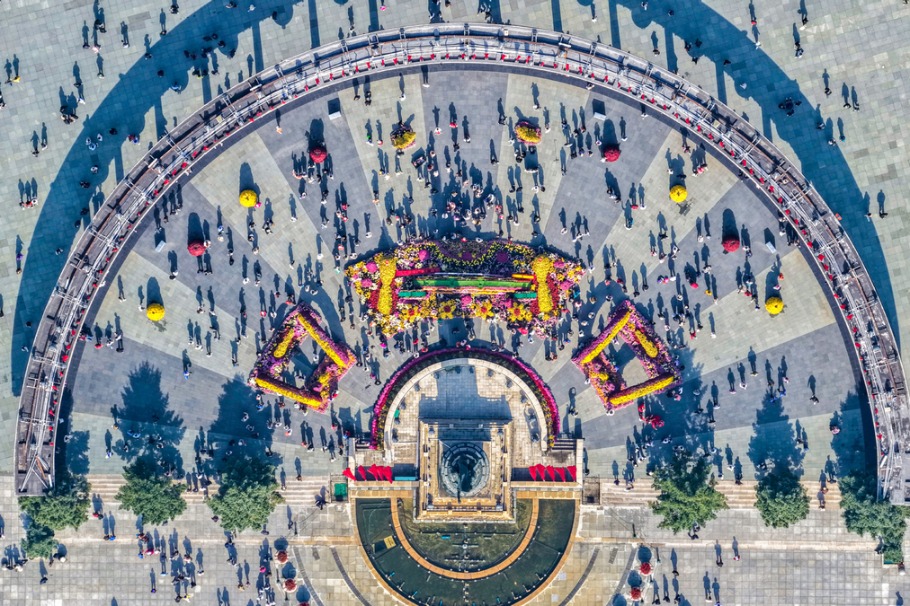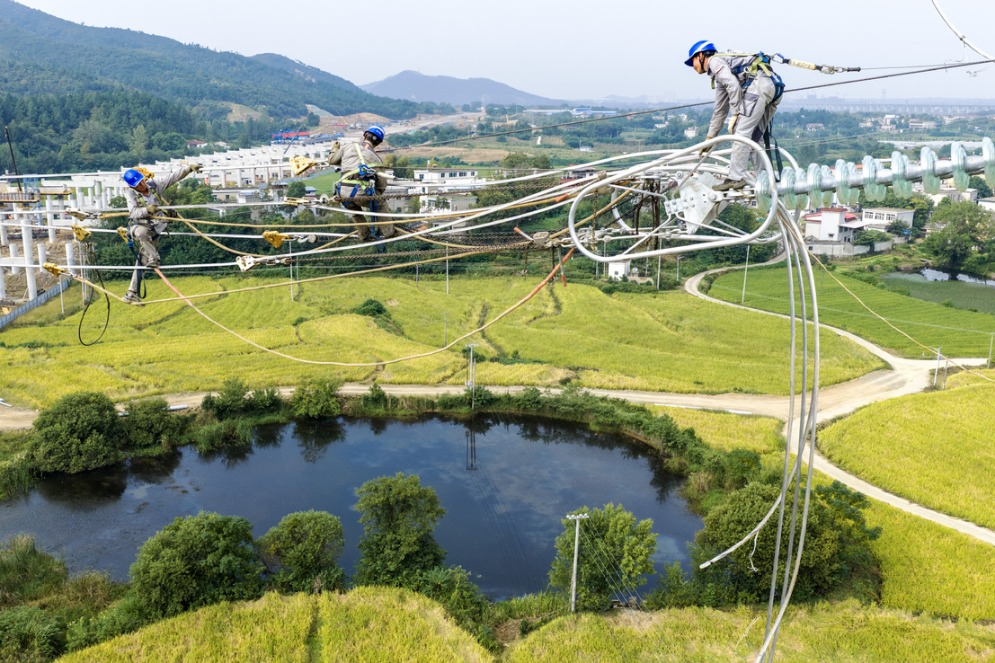Xizang prefecture sees development in various aspects over the past decade


Ngari prefecture in the Xizang autonomous region has made significant strides in infrastructure, education and living standards over the past decade, local officials announced on Wednesday.
According to official figures, the prefecture's GDP reached 10.58 billion yuan ($1.5 billion) in 2024, which is 3.9 times the level of 2012, with an average annual growth rate of 8.6 percent. The per capita disposable income of urban residents rose to 58,900 yuan, 2.6 times that of 2012, while rural incomes increased to 20,256 yuan, a 3.7-fold rise over the same period.
Zheng Yong, a senior official of the prefectural government, emphasized that Ngari has consistently prioritized development as the foundation and key to solving all problems by expanding effective investment. Since 2012, over 156 billion yuan has been invested in 2,388 major projects, including new roads, an airport in Burang county and preparatory work for the Xizang-Xinjiang railway.
A "three-horizontal and three-vertical" road network, with a total mileage of 22,000 kilometers, now connects the remote region, providing every county with road access and improving links to townships and villages, Zheng noted.
Residents have observed dramatic changes. Chosang, from Shide village in Burang, recalls when a road trip to Lhasa, Xizang's capital, took almost a week in a jolting truck.
"Now the airport is right on our doorstep, it takes just three or four hours," he said. "It's hard to believe how quickly these obstacles have been turned into smooth, accessible roads."
In addition, industrial projects featuring local livestock breeds such as white cashmere goats, high-altitude yaks and semi-fine-wool sheep have been expanded in Ngari, while the digital economy grew to 990 million yuan in 2024, according to Zheng.
In 2024, the transfer payments for key ecological function zones reached 450 million yuan, a year-on-year increase of 113 percent, Zheng added. Environmental protection projects have targeted desert control, river-source conservation and biodiversity. The habitat of the golden wild yak has been enlarged by more than 8,000 hectares, with the population now above 300, while Tibetan antelopes number over 139,000.
Niu Qun, deputy director of the prefecture's development and reform commission, highlighted significant developments in Ngari's education sector, which has established a 15-year publicly funded education system that covers preschool to high school.
"During the 14th Five-Year Plan (2021-25) period, more than 1.56 billion yuan has been spent on 169 infrastructure projects in the education sector, and 603 million yuan was allocated for the sanbao policy, which covers children's school meals, lodging, tuition and nutrition improvement funds, benefiting 77,400 students," Niu said.
Chosang remembers when paying a few hundred yuan in school fees was a heavy burden.
"In the past, only one or two children in a family could go to school. Now, not a single child is left behind; parents will send all their children to study and learn skills," he said.
Border trade has been revitalized, with Burang Port upgraded and three trade points with Nepal reopened. The prefecture has also received long-term assistance from other provinces and State-owned enterprises, totaling 6.37 billion yuan over three decades, according to local authorities.





































